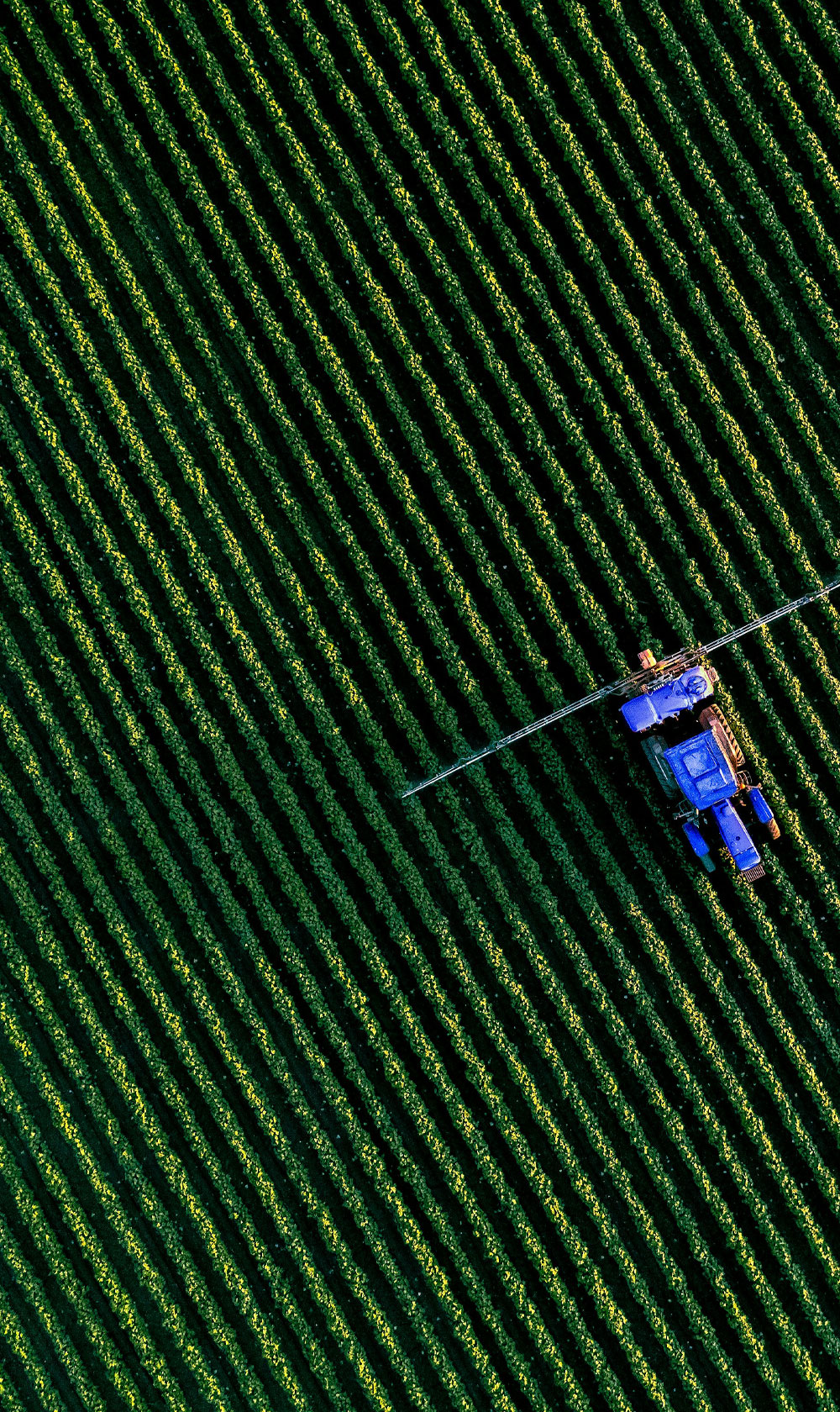New report with Howden Re’s data calls for investment in catastrophe bonds to safeguard Europe’s food security
“Insurance and Risk Management Tools for Agriculture in the EU,” a landmark report from the joint European Commission and European Investment Bank (EIB), using Howden’s modelling and analytical capabilities, details a ground-breaking market analysis in the first consistent EU-wide financial evaluation of current and future yields across multiple crops and the impact of climate change.
The report shows that the European agriculture sector is at risk of losing an average of €28 billion annually due to extreme weather, with losses projected to exceed €40 billion per year by 2050, with most losses uninsured.
Additionally, there’s a €60 billion catastrophe risk to EU agriculture driven by drought, rising to €90 billion by 2050 threatening consumer prices, food security and rural economies.
Howden’s Climate Risk & Resilience team compiled data on crop production across all 27 Member States in the EU, detailing the ongoing and worsening effects of climate warming on agricultural production.
The study also assess agriculture-insurance schemes across the 27 EU Member States, highlighting the current insurance protection gap, with farmers shouldering 70-80% of all weather-related losses, often forcing governments to provide unbudgeted financial assistance.
These findings have led to key recommendations, which include adaption measures as well as increasing financial protection such as using reinsurance, catastrophe bonds, and mutual risk pools to safeguard Europe’s food security.
Massimo Reina, CEO Howden Re International commented saying: “We are seeing growing interest from global reinsurers and capital markets to support EU agricultural resilience. Innovative financial mechanisms like catastrophe bonds and risk pooling can provide farmers, government, and the EU with the tools they need to attract significant private sector capital to share in the risks and help secure our food systems.”
Luigi Sturani, CEO Howden Europe commented: “Climate volatility is placing growing pressure on farmers and ultimately consumers. This report provides a clear call to action for EU agriculture and local governments to adapt. More robust forms of climate finance and establishing consistent risk quantification are essential to accelerating adaptation and ensuring future insurability of this essential sector.”
Key findings:
- Current annual average losses from climate risk – drought, precipitation, hail and frost - equate to 6.4% of EU crop yields rising to over 10% in the worst years.
- By 2050, in a catastrophic year, EU-wide crop and livestock losses could exceed €90 billion, a 40% increase driven by climate change.
- Drought accounts for over 50% of total agricultural losses and poses the greatest threat across all EU regions.
- EU level data masks significant country variations. In the coming decades, projected catastrophic losses could reach €20 billion in Spain and Italy alone, with smaller economies in Central and South-Eastern Europe facing agricultural losses exceeding 3% of their GDP in extreme loss years.
- Frost losses will grow as climate heating continues, because earlier budding and flowering by vines and fruit trees will lead to more devastating losses to high value grapes and fruit crops from Spring frosts. Meanwhile, more frequent and intense storms will drive losses from hail and flooding.
- Increasing attritional losses from frequent smaller events will add further pressure on farmers’ yields and profits and produce fewer ‘good years’ in which to build or maintain reserves.
The report was commissioned by the European Commission’s Directorate-General for Agriculture and carried out by EIB Advisory, under the fi-compass platform. The report was produced by Howden’s Climate Risk & Resilience team and Risklayer GMBH at the Karlsruhe Institute of Technology, with inputs from Howden Re, Howden Europe, Howden Capital Markets & Advisory and agriculture risk experts worldwide.
